From this reality, experts say that to develop human resources, especially high-quality human resources, the State budget for education must ensure that it meets 20%.
Limited investment
The Prime Minister approved the Program “Developing human resources for the semiconductor industry to 2030, with a vision to 2050”. Accordingly, Vietnam aims to train about 50,000 people in the semiconductor field by 2030.
Mr. Pham Manh Thuy - Head of the Department of Society, Environment and Sustainable Development, Institute of Strategy and Economic - Financial Policy ( Ministry of Finance ) forecasts that by 2030, about 1.5 million IT workers will be needed. Some other industries and fields such as biotechnology, new materials, STEM... are forecasted to continue to increase rapidly.
To develop high-tech human resources by 2030, Mr. Pham Manh Thuy proposed a number of solutions; emphasizing the need to ensure capital for human resource development, high-quality human resources; focusing on ensuring capital for the development of education and training, science and technology and innovation.
“Human resource development, high-quality human resources must be guaranteed to meet 20% of the total annual state budget expenditure for education and training and 3-5% of the total budget expenditure for science and technology in the coming years,” said Mr. Pham Manh Thuy.
Citing Report No. 719/BC-BGDĐT in 2025 of the Ministry of Education and Training (Report No. 719), Mr. Nguyen Truong Giang - National Assembly Delegation of Lam Dong province said that the budget expenditure for higher education in 2013 was 19,271 billion VND, equivalent to 0.43% of GDP and 9.3% of total budget expenditure for education and training. By 2022, it will decrease to more than 10,000 billion VND, accounting for 0.11% of GDP and 3.4% of total state budget expenditure for education and training.
The report also stated that the regional and world average is about 18 to 23% of total expenditure on education. For example: China's expenditure ratio compared to GDP is 1.12%; the OECD average is 1.0%; Singapore is 0.79%; Thailand is 0.6%. "Thus, after 10 years, the budget for higher education has decreased in both absolute and relative values, while the State budget for education has been relatively stable at over 20%," Mr. Nguyen Truong Giang raised the issue.
In the world, universities are given a high degree of autonomy, but the State still invests budget in higher education because it is an investment source for the future, said Prof. Dr. Hoang Van Cuong - National Assembly Delegation of Hanoi.
In Vietnam, according to the Party and Government's guiding viewpoint, autonomy does not mean self-care. The State still provides budget and investment for schools. However, the way the State invests will be different from before.
"If the State previously invested according to a subsidy mechanism, then when it becomes autonomous, it will invest according to an ordering mechanism," Prof. Dr. Hoang Van Cuong shared and said that this is the correct and appropriate viewpoint when training institutions implement autonomy.
In reality, the State budget for investment in higher education is still limited, especially when universities are autonomous. Therefore, Professor Hoang Van Cuong realized that tuition fees have become the main source of income for universities to maintain operations and meet quality assurance conditions. This is also one of the reasons why many autonomous universities have increased tuition fees.
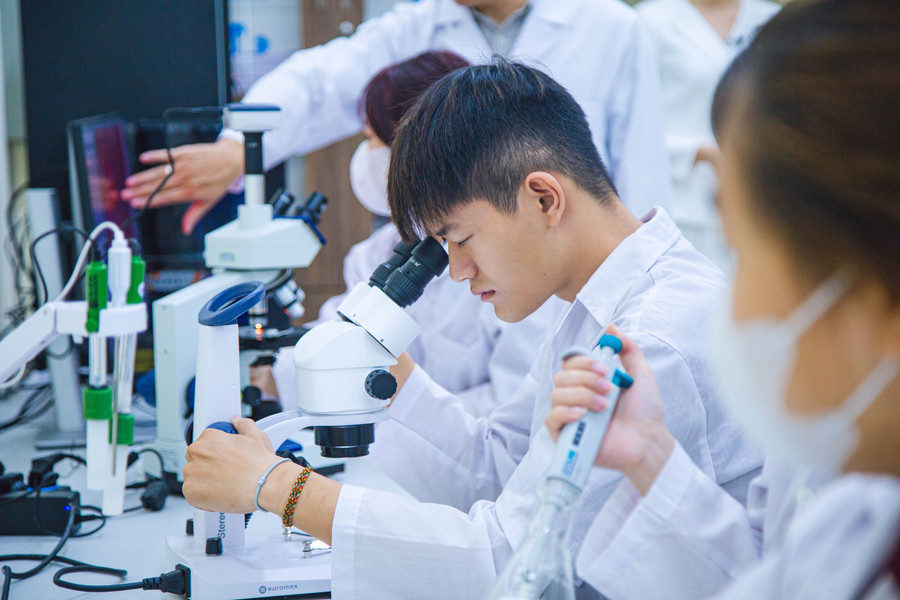
Descending support
At the Question and Answer Session, 9th Session, 15th National Assembly, Minister of Education and Training Nguyen Kim Son discussed the reasons why financial expenditure for higher education in the past 10 years has tended to decrease.
According to the Minister, the budget for investment in higher education has been adjusted downward in the past 10 years. In the past 10 years, we have strongly implemented the trend of university autonomy, with different levels. There are schools with partial autonomy in regular expenditure, schools with full autonomy in regular expenditure, and schools with autonomy in both regular expenditure and investment expenditure.
Every time a school is approved for autonomy, the Finance sector cuts off the funding for regular expenses. Therefore, over the past 10 years, the number of autonomous schools has increased, and the level of autonomy has increased, while the funding from the State has gradually decreased. This reality makes it difficult for schools to develop the quality of education and training and invest in developing their teaching staff.
According to Report No. 719, in recent years, the total financial resources for the operation of educational institutions from many sources have increased but are still low. Most schools rely on tuition fees, so they have little ability and potential to reinvest in facilities and technical infrastructure in a synchronous manner. The implementation of autonomy has conditions on accreditation and finance and the implementation of the roadmap for calculating public service prices is not enough to cover training costs.
Revenue from scientific research, innovation and technology transfer activities is still low, concentrated in a number of universities with high research capacity and rankings (less than 10% of revenue comes from science and technology). This rate is much lower than that of advanced research universities in the world (over 30%).
The allocation of investment capital, investment projects to develop facilities and laboratories for scientific research and technology transfer activities associated with training high-tech human resources in higher education institutions have not been prioritized. Capital mobilization from the market and access to preferential State capital sources for training in sectors serving high-tech development are still limited.
Report No. 719 clearly shows that the State budget for higher education is low compared to other countries in the region and the world, while the mobilization of resources from society is still limited. The State budget basically only covers salary and regular expenses for partially autonomous schools. The source of expenditure for professional activities, scientific research, and technological innovation is low. Funding to enhance training quality and innovation is limited.
Currently, there is no policy to fund training and research for training programs in priority sectors serving high-tech development. In addition, there is no mechanism or policy to support learners and teachers participating in national programs and projects to develop high-tech sectors and fields until 2030; at the same time, there has not been a policy to develop scholarships and loans to support students studying high-tech sectors.
Minister Nguyen Kim Son said that the Ministry of Education and Training will coordinate with the Ministry of Finance to consider financial adjustments when universities implement the autonomy mechanism. How can schools have a high level of autonomy but still receive support from the State?
Source: https://giaoducthoidai.vn/ngan-sach-cho-giao-duc-dai-hoc-tu-chu-khong-dong-nghia-voi-tu-lo-post739294.html




![[Photo] General Secretary To Lam attends the Digital Popular Education Symposium - Digital National Assembly](https://vphoto.vietnam.vn/thumb/1200x675/vietnam/resource/IMAGE/2025/9/13/43ebd93f0f5e4d98a2749dab86def7cd)
![[Photo] General Secretary To Lam attends the 80th Anniversary of the People's Court's Traditional Day](https://vphoto.vietnam.vn/thumb/1200x675/vietnam/resource/IMAGE/2025/9/13/ff42d08a51cc4673bba7c56f6a576384)
![[Photo] Vinh Hao-Phan Thiet Expressway has a frog's jaw](https://vphoto.vietnam.vn/thumb/1200x675/vietnam/resource/IMAGE/2025/9/13/a89ffa426f7a46ffb810cb1d7bdfb1b8)

![[Photo] Hundreds of meters of Hoi An coastline seriously eroded](https://vphoto.vietnam.vn/thumb/1200x675/vietnam/resource/IMAGE/2025/9/13/57c85b745a004d169dfe1ee36b6777e5)








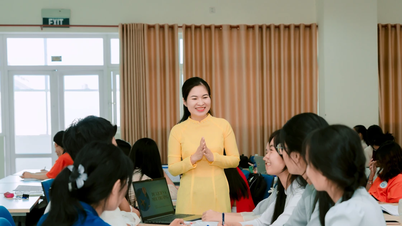
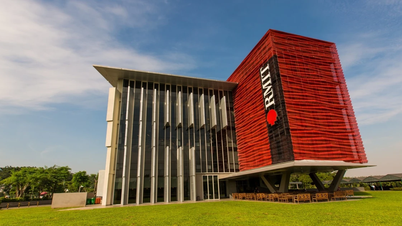




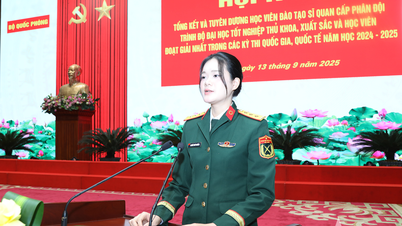

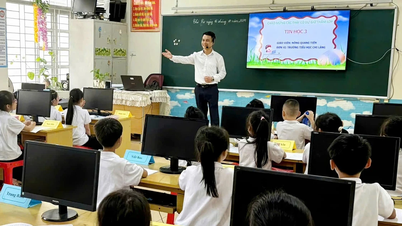
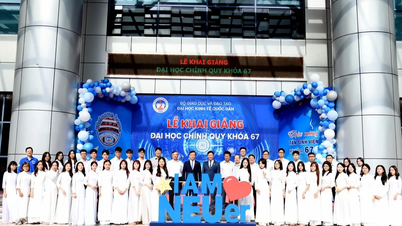






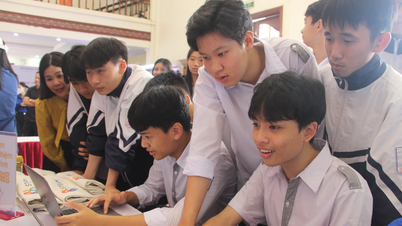








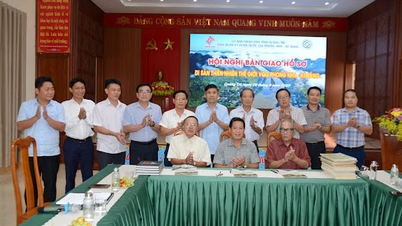



































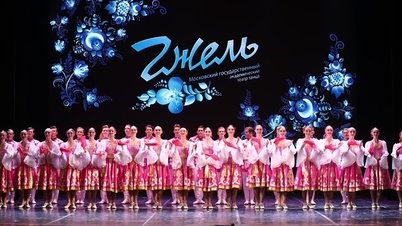

![[Podcast] More than 5,000 Hanoi workers receive unemployment benefits in August 2025](https://vphoto.vietnam.vn/thumb/402x226/vietnam/resource/IMAGE/2025/9/13/694bef4ef3324edeb5e27b4124915809)




















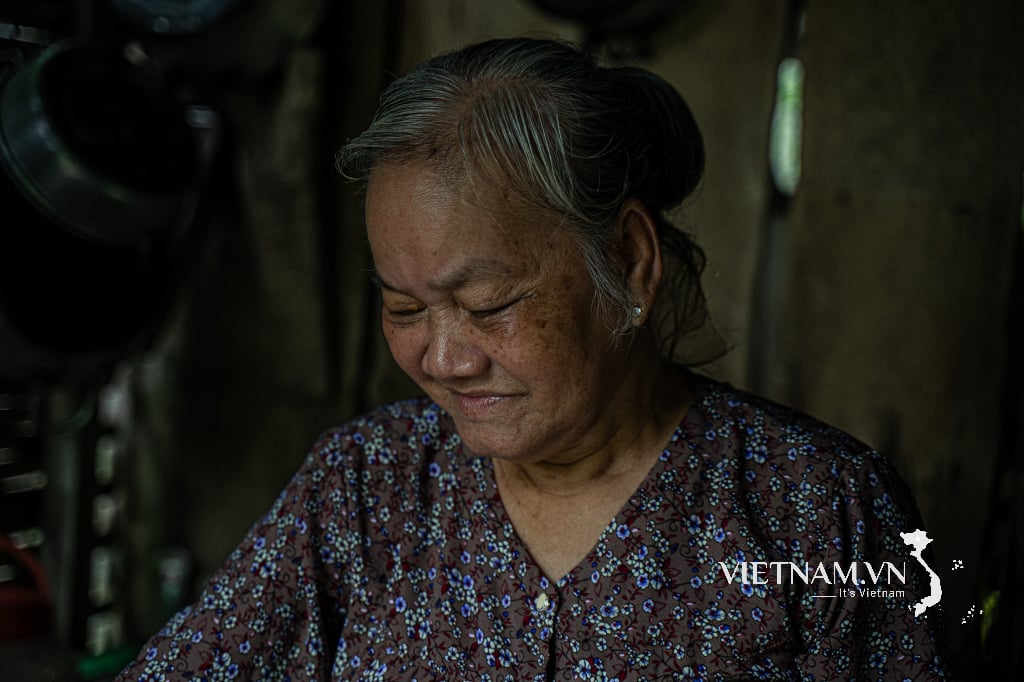
Comment (0)